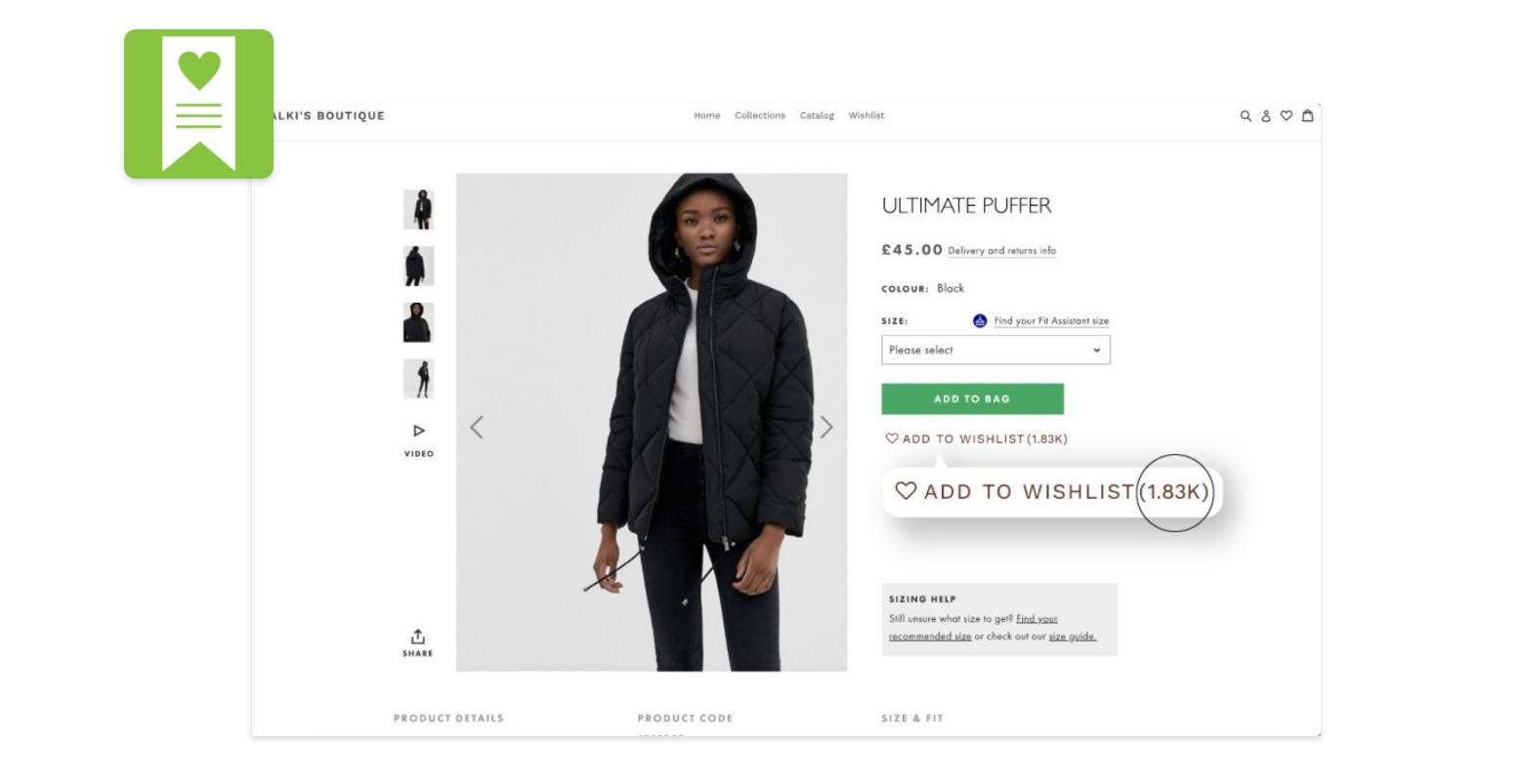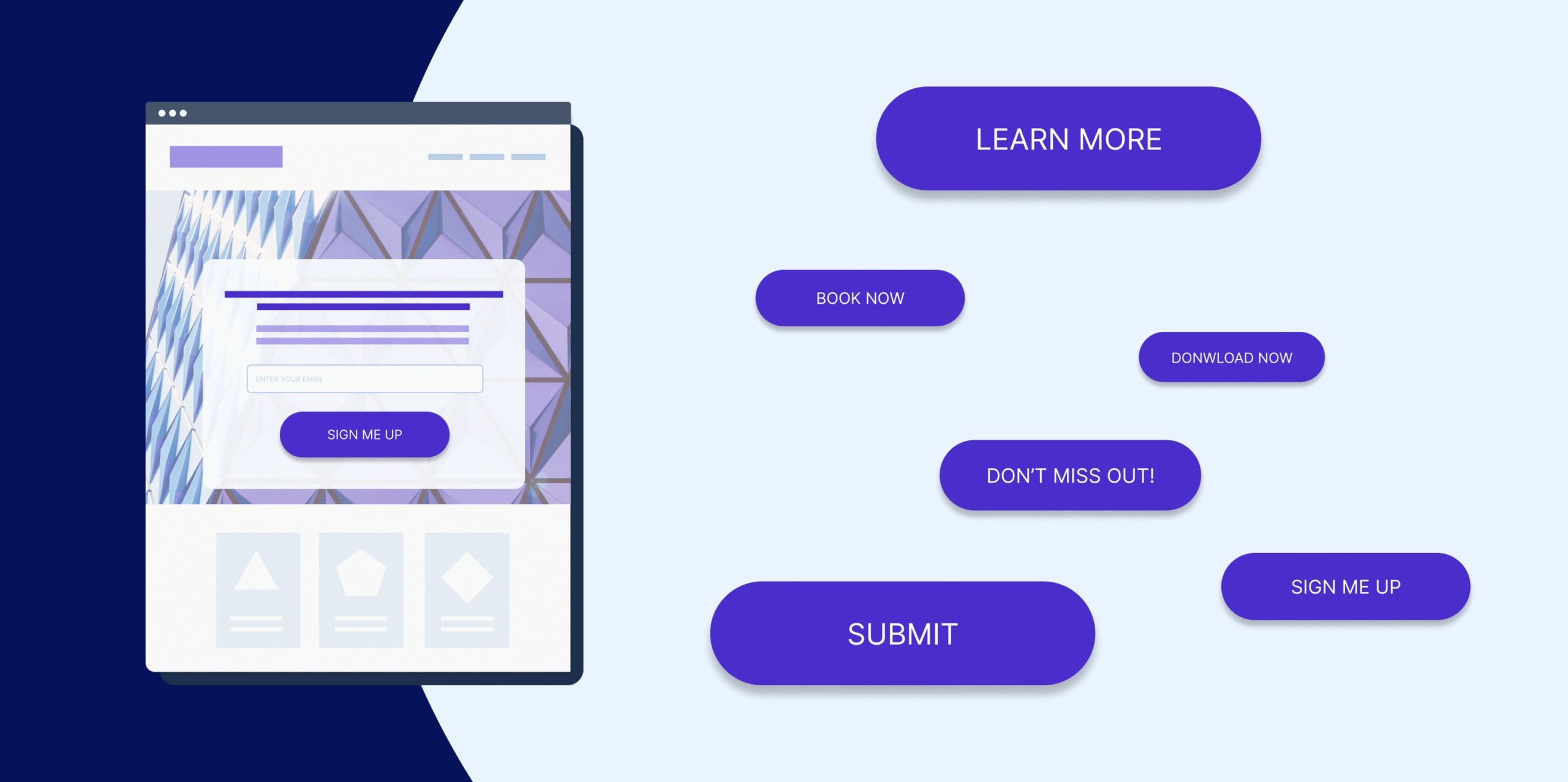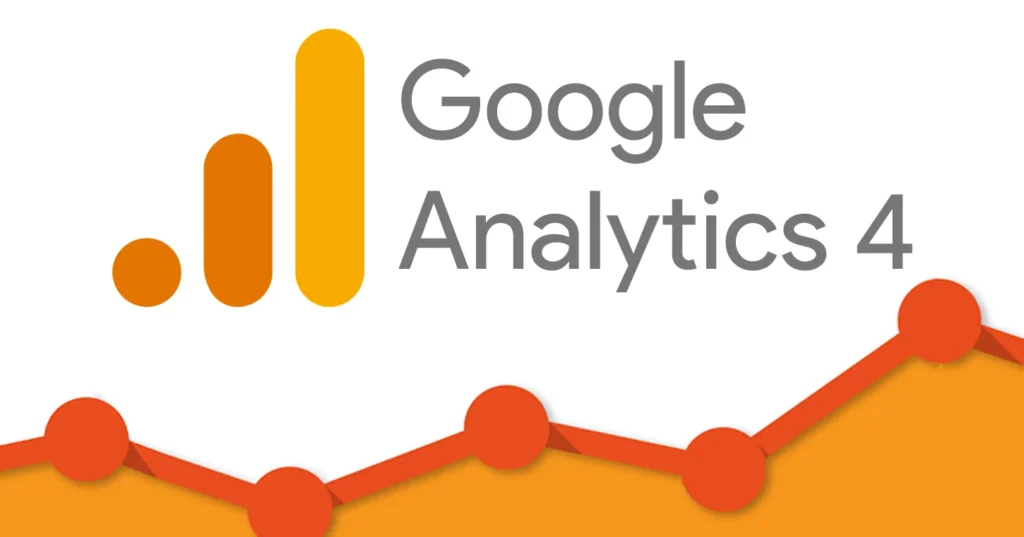In the highly competitive world of eCommerce, your product page is often the decisive factor between a casual visitor and a satisfied customer. Optimizing your product page layout is essential to capture attention, build trust, and guide shoppers seamlessly towards making a purchase. A well-designed product page not only showcases your items effectively but also enhances the overall user experience, ultimately boosting your conversion rates. In this blog post, we’ll explore proven strategies and best practices to optimize your product page layout, helping you turn browsers into buyers and maximize your online sales potential.
1. Understanding the Importance of Product Page Layout
A well-designed product page layout is crucial for capturing your visitors’ attention and guiding them smoothly through the buying journey. It serves as the digital storefront of your eCommerce website, where potential customers decide whether to make a purchase or move on. An optimized layout not only highlights the most important product information—such as high-quality images, compelling descriptions, pricing, and customer reviews—but also ensures that these elements are presented in a clear, organized, and visually appealing manner. When visitors can easily find what they’re looking for without feeling overwhelmed or confused, they are more likely to stay longer, build trust in your brand, and ultimately complete a purchase. Moreover, a thoughtfully structured product page reduces friction by incorporating intuitive calls-to-action and streamlined navigation, which together contribute to higher conversion rates. In essence, investing time and effort into perfecting your product page layout is a powerful strategy to enhance user experience, build credibility, and drive sales growth.
2. Crafting Compelling Product Descriptions
Crafting compelling product descriptions is a crucial step in optimizing your product page layout and significantly boosting your conversion rates. A well-written description doesn’t just inform potential customers—it persuades and excites them about the product. Start by clearly highlighting the key features and benefits, focusing on how the product solves a problem or improves the buyer’s life. Use vivid, sensory language to help shoppers visualize using the product, creating an emotional connection. Keep the tone consistent with your brand voice, whether it’s casual and fun or professional and authoritative. Additionally, incorporating relevant keywords naturally can improve your SEO, making your product page more discoverable. Don’t forget to break up text with bullet points or short paragraphs to enhance readability, ensuring visitors can quickly scan and grasp the essentials. By investing time and care into your product descriptions, you create an engaging shopping experience that encourages customers to take action and complete their purchase.
3. Utilizing High-Quality Images and Videos
One of the most effective ways to enhance your product page and boost conversion rates is by utilizing high-quality images and videos. Visual content plays a crucial role in helping potential customers understand the product better and feel more confident about their purchase decision. Crisp, clear images from multiple angles allow shoppers to examine the product closely, while zoom features enable them to inspect details just as they would in a physical store. Incorporating videos adds another layer of engagement by demonstrating the product in use, highlighting its features, and showcasing its size and functionality in real-life scenarios. This dynamic content not only captures attention but also builds trust and reduces uncertainty, ultimately leading to higher sales. Remember to optimize your images and videos for fast loading times and mobile responsiveness to ensure a seamless browsing experience across all devices.
4. Strategic Placement of Call-to-Action Buttons
One of the most crucial elements of an effective product page is the strategic placement of call-to-action (CTA) buttons. These buttons guide visitors toward making a purchase or taking the next step in their buyer journey, so their visibility and accessibility can significantly influence your conversion rates. To maximize their impact, place your primary CTA—such as “Add to Cart” or “Buy Now”—above the fold, ensuring it’s immediately visible without scrolling. Additionally, consider repeating the CTA at key points throughout the page, such as after product descriptions, customer reviews, or special offers, to keep the opportunity to act front and center. Use contrasting colors that stand out from the rest of the page design to draw attention, and pair your CTA with compelling, action-oriented text that clearly communicates the benefit of clicking. Finally, make sure the buttons are large enough to be easily clickable on both desktop and mobile devices, providing a seamless user experience regardless of how customers access your site. By thoughtfully positioning and designing your CTA buttons, you create clear, frictionless pathways that encourage visitors to convert, ultimately driving higher sales and greater overall success for your ecommerce business.
5. Incorporating Customer Reviews and Social Proof
Incorporating customer reviews and social proof into your product page layout is a powerful strategy to boost trust and increase conversion rates. When potential buyers see authentic feedback from previous customers, it helps alleviate doubts and builds confidence in the quality and reliability of your products. Including star ratings, detailed reviews, and even photos or videos submitted by customers can make your product pages more engaging and relatable. Additionally, showcasing social proof such as the number of purchases, testimonials, or user-generated content demonstrates popularity and satisfaction, encouraging visitors to take action. Strategically placing these elements near the call-to-action buttons or product descriptions ensures they are easily visible, reinforcing the value of your product right when shoppers are ready to make a decision. Ultimately, leveraging customer reviews and social proof creates a more trustworthy shopping experience that can significantly enhance your conversion rates.
6. Enhancing Page Speed and Mobile Responsiveness
In today’s fast-paced digital world, enhancing your product page’s speed and mobile responsiveness is crucial for keeping potential customers engaged and boosting conversion rates. A slow-loading page can frustrate visitors, leading to higher bounce rates and lost sales opportunities. To optimize page speed, focus on compressing images without sacrificing quality, leveraging browser caching, and minimizing the use of heavy scripts or plugins that can bog down your site. Additionally, implementing a reliable Content Delivery Network (CDN) can significantly improve load times by delivering content from servers closest to your users.
Equally important is ensuring your product page is fully optimized for mobile devices. With an increasing number of shoppers browsing and purchasing on smartphones and tablets, a mobile-responsive layout guarantees that your site adapts seamlessly to various screen sizes. This includes easy-to-read fonts, appropriately sized buttons, and intuitive navigation to create a smooth shopping experience. By prioritizing both page speed and mobile responsiveness, you not only enhance user experience but also improve your search engine rankings—ultimately driving more traffic and increasing your chances of converting visitors into loyal customers.
7. Showcasing Product Variations and Availability Clearly
One of the key elements to optimizing your product page layout is showcasing product variations and availability clearly. When customers land on your page, they want to quickly understand what options are available—whether it’s different sizes, colors, styles, or bundles—and whether those options are in stock. Confusing or hidden variation selections can lead to frustration and lost sales. To avoid this, use intuitive drop-down menus, color swatches, or clickable thumbnails that allow shoppers to effortlessly explore all available choices. Additionally, prominently display stock status for each variation; for example, indicate when a particular size or color is running low or out of stock. This transparency not only sets accurate expectations but also creates a sense of urgency, encouraging customers to make a purchase before items sell out. By making product variations and availability easy to find and understand, you enhance the shopping experience and significantly boost your page’s conversion rates.
8. Leveraging Trust Badges and Secure Checkout Indicators
In today’s competitive ecommerce landscape, building trust with your customers is crucial to increasing conversion rates. One highly effective way to do this is by prominently displaying trust badges and secure checkout indicators on your product pages. Trust badges—such as those from recognized payment providers, security certifications like SSL, or well-known brands you partner with—serve as visual reassurances that your site is safe and reliable. When shoppers see these badges, they feel more confident about sharing their personal information and completing their purchase. Additionally, placing secure checkout indicators near call-to-action buttons, such as “Add to Cart” or “Buy Now,” reinforces the message that their transactions will be handled securely. These subtle yet powerful cues help reduce cart abandonment and build credibility, ultimately encouraging visitors to convert into loyal customers. By strategically integrating trust badges and secure checkout signs, you create a seamless and trustworthy shopping experience that fosters customer confidence and drives sales.

If you found this article helpful, contact us for a FREE CRO Audit




